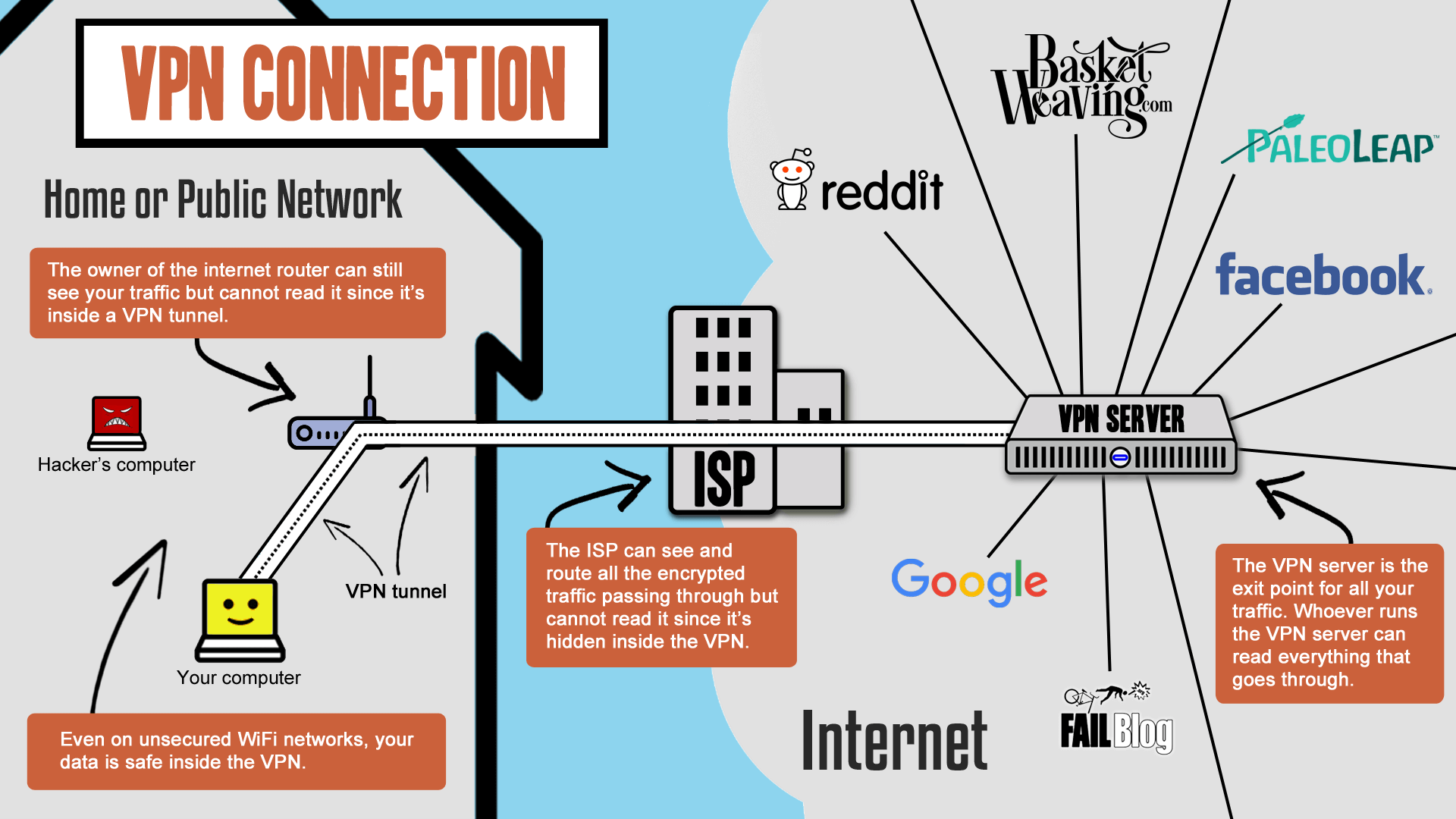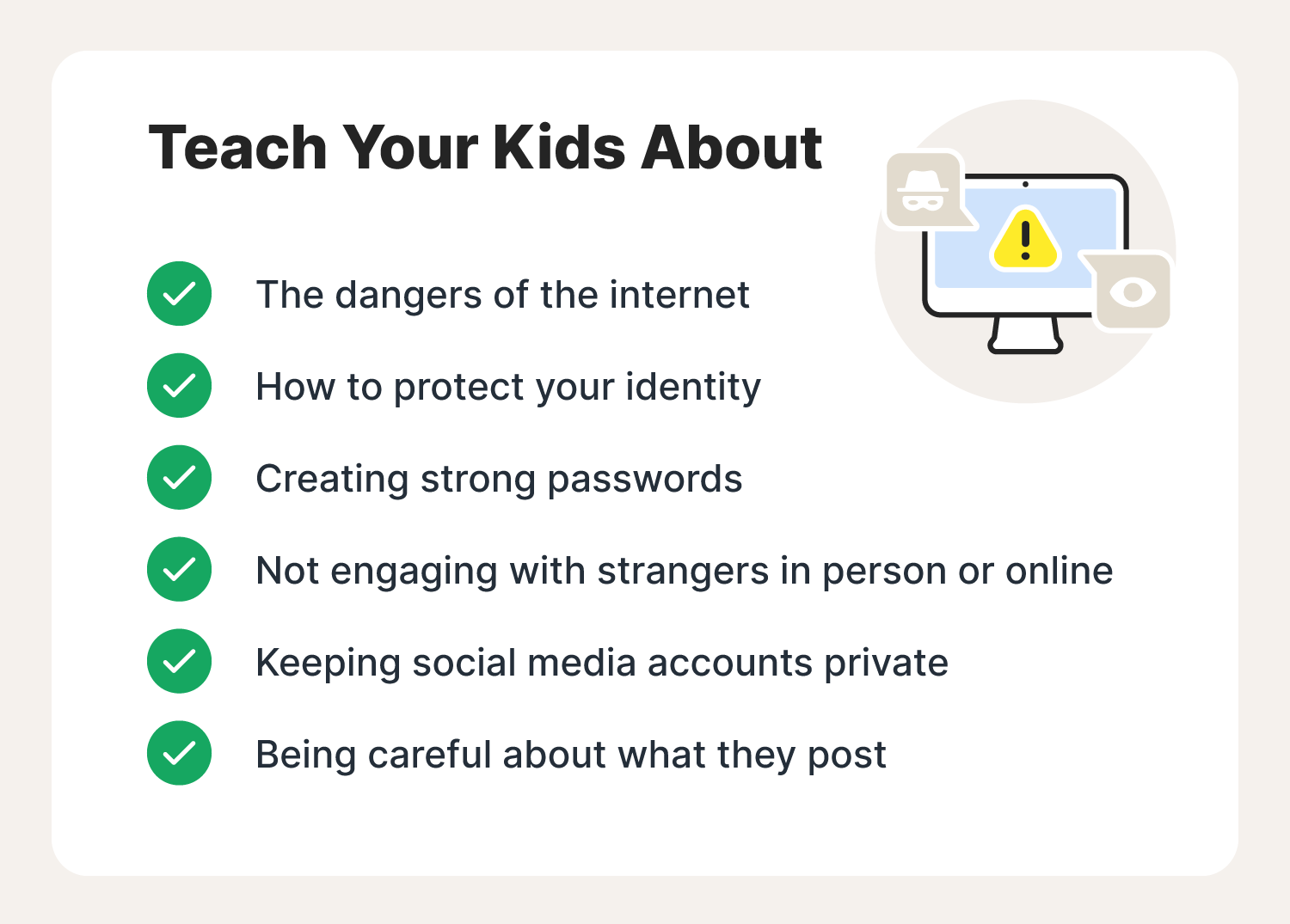All Categories
Featured
Table of Contents
- – What Is The Most Reliable Semantic Content Cre...
- – What Is The Most Recommended Semantic Content ...
- – What Are The Top 10 Semantic Seo Services?
- – What Is The Leading Semantic Seo Manufacturer
- – How Much Does It Cost To Have A Semantic Seo...
- – Whats The Top Semantic Keyword Research
- – Top Optimizing For Search Intent Money Can Buy
This is since search engines have actually evolved and are relocating more and extra towards checking out content on the web. Of training course, that has actually likewise altered the way we create web content, specifically if we want to place much better in the search engines.
Intertwingularity is not usually acknowledged, people keep claiming they can make points deeply ordered, categorizable and consecutive when they can't. Based on the connections in between search intentions, the search engine prefers a material in placing by computing the distance in between the vectors of definition.
It allows you to see, beginning from a topic, all the entities that are associated to that subject. In this manner you can clearly see which entities/concepts/ideas have actually currently been covered on your website, and you can discover brand-new chances by comprehending what web content you can add and exactly how to develop it.
What Is The Most Reliable Semantic Content Creation To Get
It has the ability to make your material understandable for search engines on the one hand and for your audience on the other. Structuring your material version highlights your content and its underlying connections to make sure that internet search engine can identify you amongst numerous items of information, making you much more noticeable to individuals who satisfy the search intent related to your organization.
In semantic search engine optimization copywriting, an editor begins with a more comprehensive array of subjects and customizes the content to consist of semantically relevant terms and expressions that assist viewers comprehend a topic, comparable to checking out web content in a wiki. From a content writing viewpoint, one sensible way to do this is to create a vocabulary of terms and questions surrounding your target topic.
What Is The Most Recommended Semantic Content Creation Today
Discover more regarding by watching the by!.

Semantic search describes the procedure of how search engines recognize and match keywords to a searcher's intent in natural search results page. Before semantic search, search engines like Google ran like matchmakersaligning specific words in your query with those exact words on pages. The outcomes were straightforward however typically did not have deepness.
What Are The Top 10 Semantic Seo Services?
It makes it possible for Google to provide quick, precise solution to search inquiries about real-world topics. When you type a question word into Google, you're not simply going into a sequence of words. You use a complicated internet of meanings and connections. Google's Knowledge Chart sees these words as entities with context and relationships.
When you look for "Apple," Google does not simply see a word that explains a fruit. It identifies Apple as a firm and can offer related info. Like the name of its chief executive officer, Tim Cook, or its newest supply prices. Google revealed the Hummingbird update in 2013. It was Google's response to the rise of voice searches, where questions came to be a lot more conversational and nuanced.
What Is The Leading Semantic Seo Manufacturer
By integrating NLP, Hummingbird permitted Google to relocate past plain keyword matching. It aided the search engine comprehend search intent, enhancing the odds that results would properly match the factor behind an individual's search.
RankBrain is an artificial intelligence system that helps Google interpret inquiries it hasn't seen prior to. It can make assumptions concerning words and phrases it does not identify and filter results accordingly. Making it extra effective at handling never-before-seen search inquiries. RankBrain thinks about more than just key words when assessing a search query.
It fetches results that match the keyword phrases and align with the total intent of providing young puppy training suggestions. And if the individual frequently looks for dog-related web content, Google could prioritize extra detailed training guidesrecognizing the customer's recurring passion in the topic. Combining innovations like the Understanding Chart, Hummingbird, and RankBrain, semantic search assists the Google algorithm interpret and link information across a substantial web of info.
How Much Does It Cost To Have A Semantic Seo Techniques?
The emphasis changes from keyword option to an alternative approach encompassing customer intent, topical significance, and overall user experience. Creating material that deals with the searcher's requirements with thorough details can boost your SERP rankings.
And type of web content can best please their needs. A wider technique to content aligns much better with semantic search's shift far from exact search phrase matching and toward customer intent. Which describes the increased concentrate on topic collections, instead of individual keyword phrases. Material that covers search questions better not only pleases customers.
And five times greater than websites that take 10 seconds to load. While technological search engine optimization ensures optimum internet site performance and access, focusing on user experience (UX) takes it an action additionally. UX intends to create an aesthetically attractive, easy to use user interface with appealing, high quality content that urges visitors to remain. Semantic search innovation allows internet search engine to go for results that supply the ideal possible UX.
Whats The Top Semantic Keyword Research

All showcase Google's capacity to deal with a topic query adequately. By comprehending the context and intent behind customer questions, online search engine can supply extra pertinent info and potentially increase user interaction. Personalization in search engine result makes for much better UX.Based on your past search background and choices as a user, semantic search assists internet search engine tailor the results to match your one-of-a-kind needs and passions.
So it fetches results that match the key phrases and straighten with the overall intent of offering young puppy training guidance. And if the customer frequently looks for dog-related material, Google might focus on much more detailed training guidesrecognizing the user's recurring passion in the subject. Incorporating technologies like the Knowledge Chart, Hummingbird, and RankBrain, semantic search assists the Google formula interpret and link information across a vast web of info.
Top Optimizing For Search Intent Money Can Buy
The emphasis shifts from keyword selection to a holistic method including customer intent, topical importance, and overall individual experience. Producing web content that addresses the searcher's demands with comprehensive info can enhance your SERP positions. Below, we describe the trends and techniques that settle the requirement for semantically informed content. Later, we offer actionable ideas to turn these understandings into finest practices.

A broader technique to material aligns better with semantic search's shift away from exact search phrase matching and towards user intent. Material that covers search queries a lot more thoroughly not just satisfies users.
And five times more than sites that take 10 seconds to load. While technological search engine optimization ensures optimum web site performance and availability, concentrating on customer experience (UX) takes it a step better. UX aims to create an aesthetically appealing, straightforward user interface with appealing, top quality material that encourages site visitors to stay. Semantic search technology allows online search engine to intend for outcomes that supply the most effective feasible UX.
All display Google's capability to address a topic question thoroughly. By comprehending the context and intent behind individual questions, online search engine can deliver much more pertinent info and possibly boost user involvement. Personalization in search results page produces far better UX.Based on your previous search history and choices as an individual, semantic search aids browse engines tailor the outcomes to fit your unique demands and rate of interests.
Table of Contents
- – What Is The Most Reliable Semantic Content Cre...
- – What Is The Most Recommended Semantic Content ...
- – What Are The Top 10 Semantic Seo Services?
- – What Is The Leading Semantic Seo Manufacturer
- – How Much Does It Cost To Have A Semantic Seo...
- – Whats The Top Semantic Keyword Research
- – Top Optimizing For Search Intent Money Can Buy
Latest Posts
What Is The Most Reliable Semantic Seo Insights To Get
Who Makes The Leading Optimizing For Search Intent
Top Optimizing For Semantic Search Money Can Buy
More
Latest Posts
What Is The Most Reliable Semantic Seo Insights To Get
Who Makes The Leading Optimizing For Search Intent
Top Optimizing For Semantic Search Money Can Buy